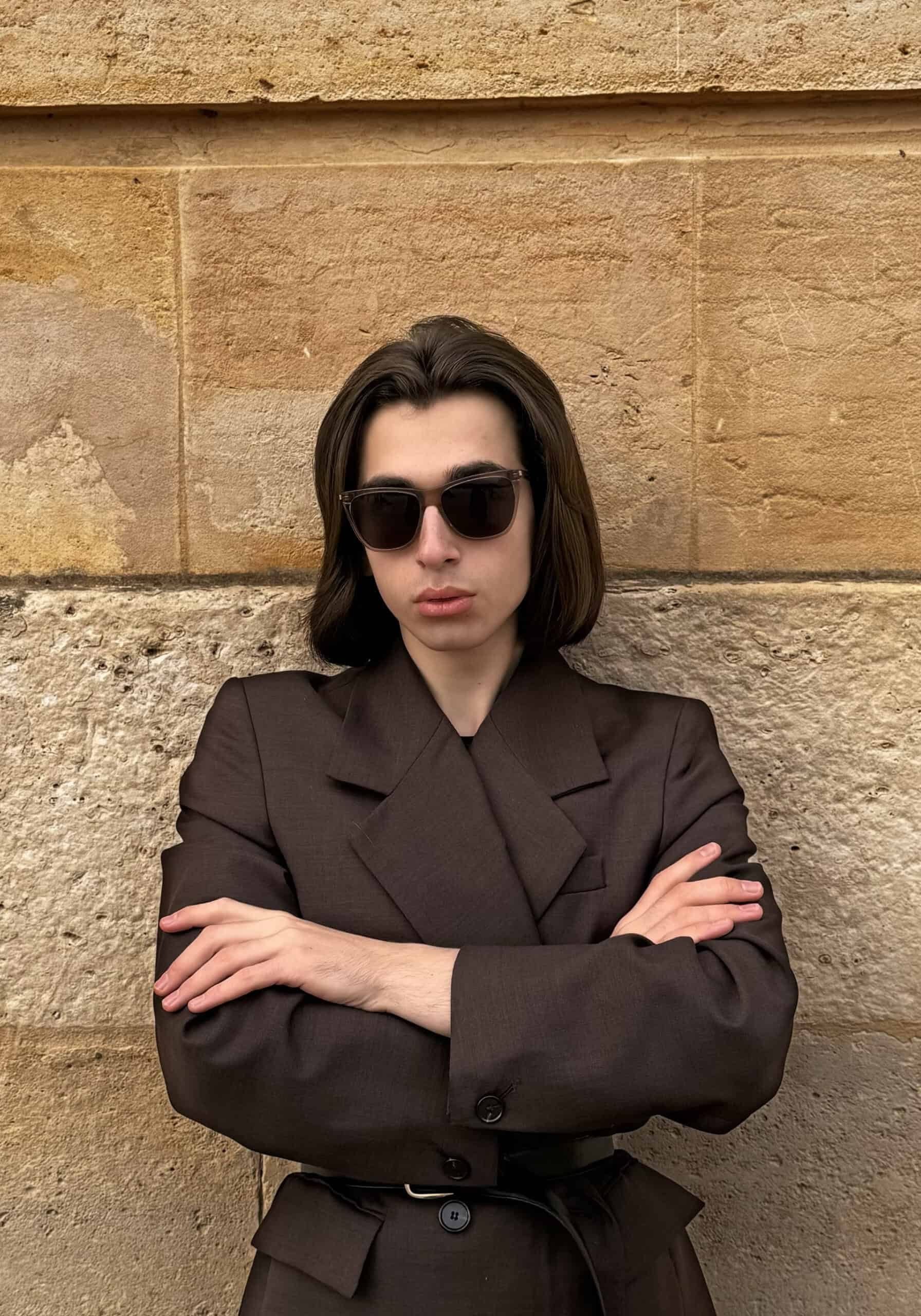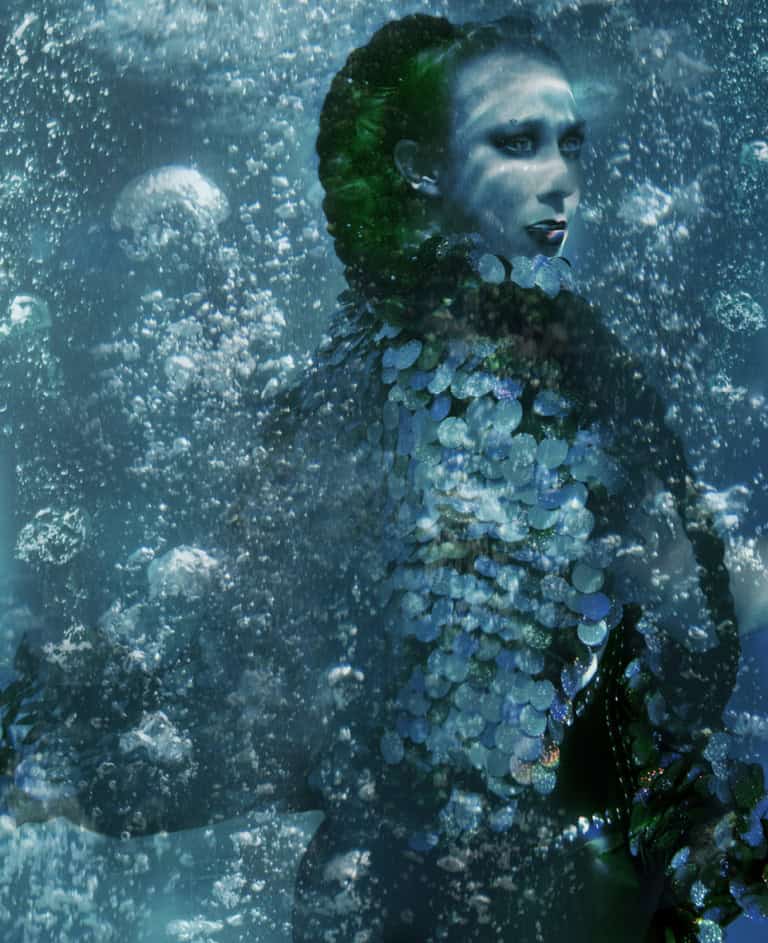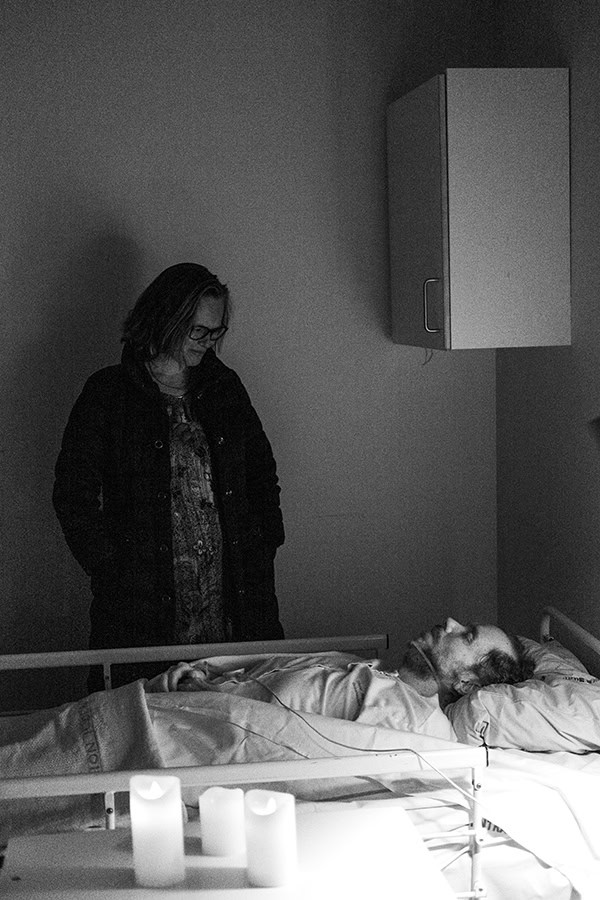
Tim Bertram A Copenhagen Social Study
Prodigy Photographer Tim Bertram
One of his most thoughtprovoking ideas is an ongoing project aimed at challenging societal norms. A photo series featuring mothers and prostitutes, displayed together without revealing who is who, urging viewers to confront their biases. Tim Bertram’s dream is rooted in the freedom of photography. A boundless medium through which he shares his truths, emotions, and artistic inquiries. His journey continues to evolve, pushing boundaries and redefining storytelling through imagery. I had the chance to interview Tim Bertram, a Copenhagen-born photographer. In this article, we will explore not only his work but also his artistic philosophy.
Where did it all start for Tim?
Tim discovered his passion for photography through his initial love for cinema. This interest in film sparked his creative instincts and transformed the way he viewed the world. “My camera is more than just a tool. It is a prism through which I explore and express my artistic vision,” he told me early in our conversation. Photography became a kind of salvation for him, though he was born in Copenhagen. Tim grew up in Slakenrop, a place he often described as stifling for an artistic mind. In short, Bertram felt like an outsider.
However, the very city he once wished he had never lived in ultimately pushed him to seek an escape. At 16, he met his mentor, Jan Sommer, in a rather unconventional way. The story is amusing and shows Tim’s determination to take his talent further. He walked into the office where Jan worked and acted as if he had a scheduled meeting with him. Even though nothing was actually arranged, the front desk let him through and he met Jan, whom he approached for a job. Initially, he was turned down, but Jan suggested that Tim send him some photos and small projects for feedback. And that’s how Tim took his first real step into the world of photography.
Driven by an intense passion for art and an urgent, almost inevitable dream. Tim left home at seventeen to live in Copenhagen on his own. By twenty, surviving on simple meals of noodles and vegetables. He pursued his craft relentlessly and had already completed two of his major projects.
My New Grandparents
Tim’s first major project, “My New Grandparents,” is a deeply personal exploration of family. It documents his paternal grandparents, whom he met for the first time since early childhood. The experience, filled with nervous anticipation, marked a turning point in his style. He invites the viewer into his personal life, forging an emotional connection through his work. One sentence that particularly struck me was. “I was afraid to knock on their door, seeing them for the first time. My doubt disappeared as soon as they opened it. What I didn’t know at that moment. Was that it would also be one of the only times I would ever see them.”
A Love That Never Runs Out
His second project, “A Love That Never Runs Out,” continues in the same artistic direction. Transporting the viewer into a journey of compassion while also offering a deeply personal story. This series reflects Tim’s experience growing up with his father, who was diagnosed with bipolar disorder and prostate cancer.
It’s a challenging subject that one cannot summarize easily. Its full impact carries an emotional weight that one must experience in its entirety. When I asked Tim why he chose to expose such deeply personal moments to the public, he explained:
300,000 Danish children are affected by their parents’ mental health challenges
“In Denmark, 100,000 children have parents undergoing psychiatric hospitalisation or outpatient treatment. While an additional 200,000 have parents who regularly receive support from a psychologist or other professionals. Altogether, this means that 300,000 Danish children equivalent to four per classroom are affected by their parents’ mental health challenges. I created this project not only to show that no one should feel alone in their struggles but also to raise awareness.”
I strongly recommend experiencing the full body of work, but here are a few moments that stood out to me:
“He was lying on the floor, crying out in pain. He told me to cycle down and get him some pills. A few days later, I was supposed to move into my own apartment. The first place I was allowed to rent on my own. My father had promised to drive the moving van. But then this happened. ‘I can’t drive that car, I can’t press the accelerator with this pain,’ he said, still lying on the floor. That same evening, after recovering slightly but still in pain. He told me he had to attend a dance event in Frederiksberg. He ordered a taxi and left.”
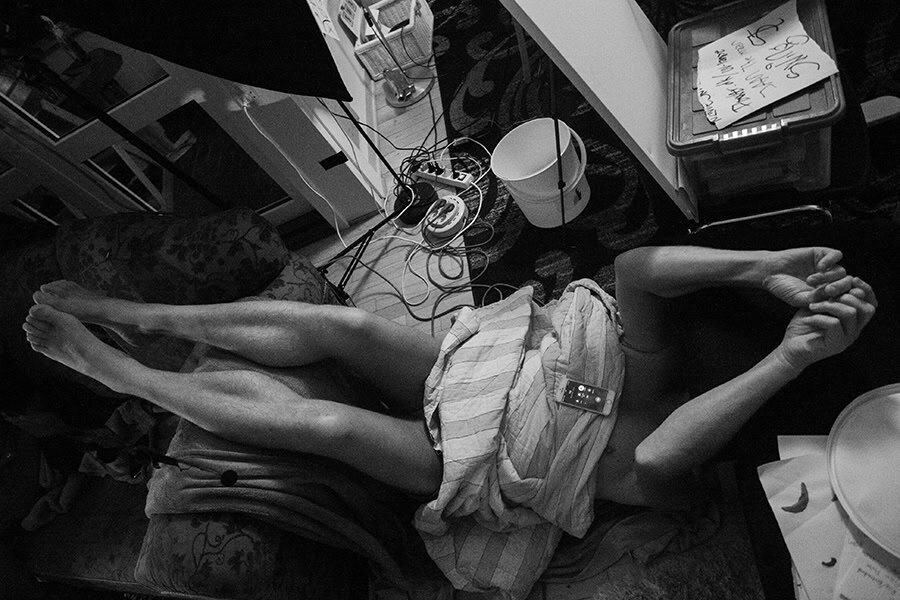
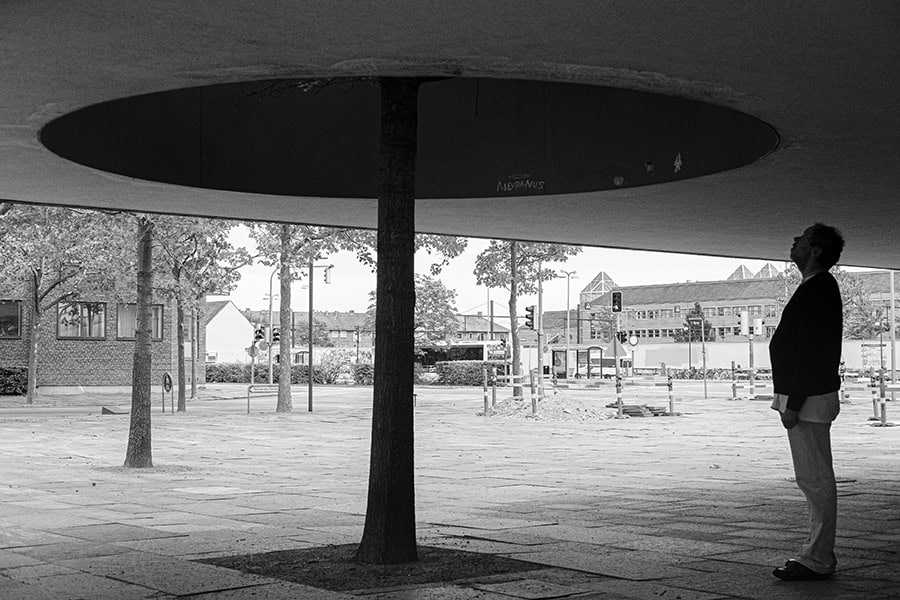
“Even though I got hot water when my father offered me coffee because coffee was too expensive. He had rented a massage chair with reflexology worth 50,000 DKK.”
“Every wall in my father’s apartment is covered in drawings, writing, or paint.”
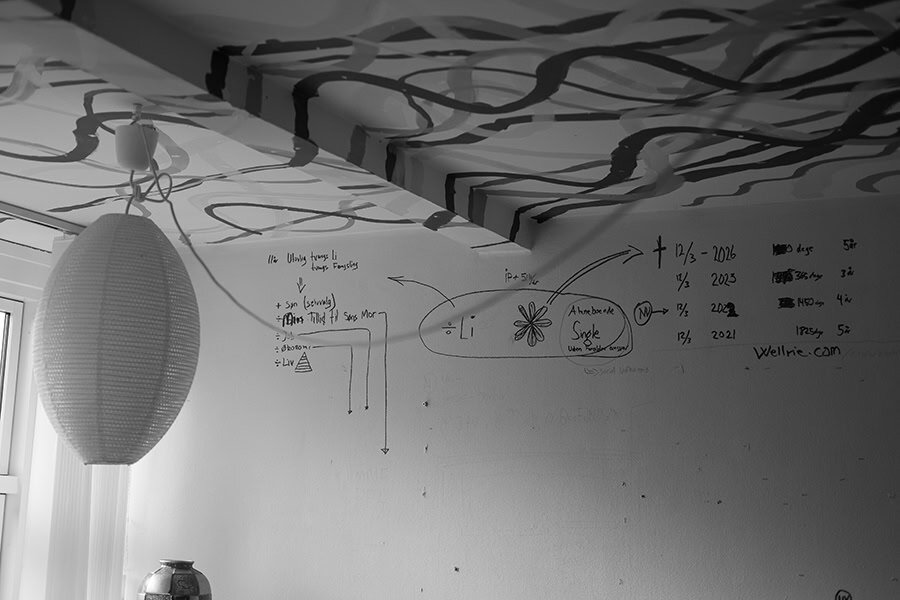
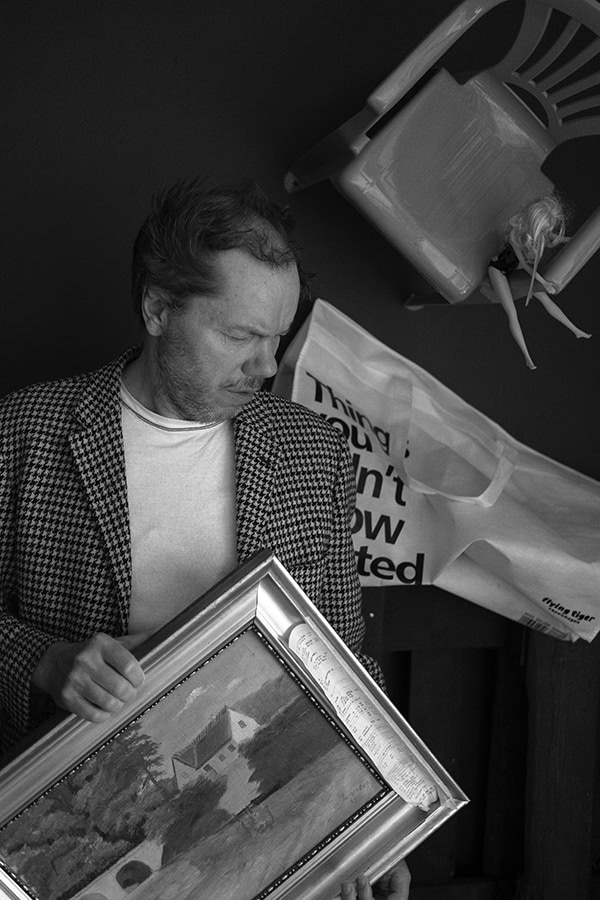
The Power of Perspective
To complete this interview, I listened to Tim share his story three times. Once in front of a crowd after winning an award. Again over the phone during our actual interview and once in a Copenhagen nightclub. Each time, I couldn’t read the emotions in his eyes. I don’t know if it was a mix of too many feelings or just a complete lack of expression. I felt deeply connected to him through his work. Yet at times, I struggled to understand him while speaking in person. And that, I think, is what makes his art so fascinating. His photography presents some of the most profound, challenging, and thought-provoking questions in a way that is immediately accessible. Yet, the deeper layers take time to fully grasp.
His other projects also explore human behavior and society as a whole, such as his series “Christmas of 2020.”
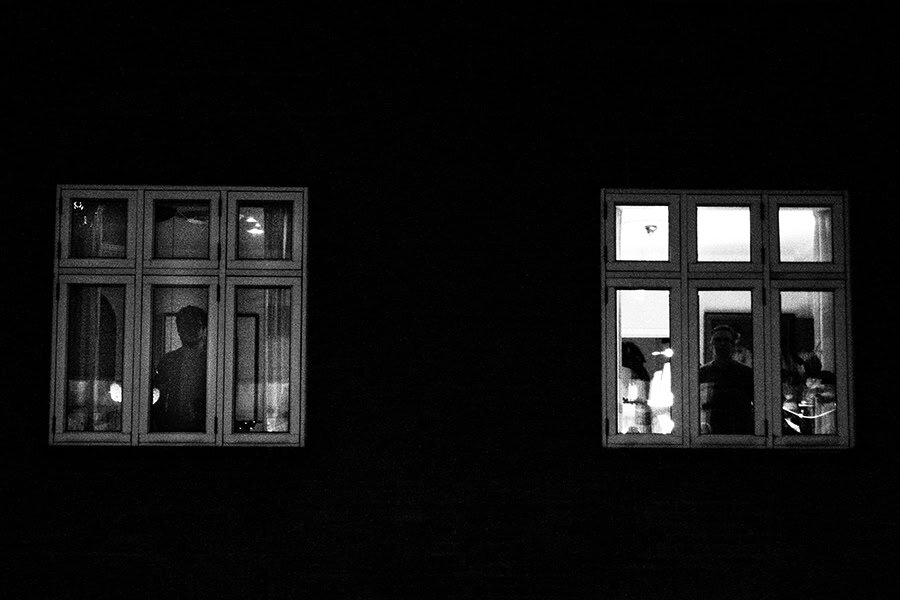
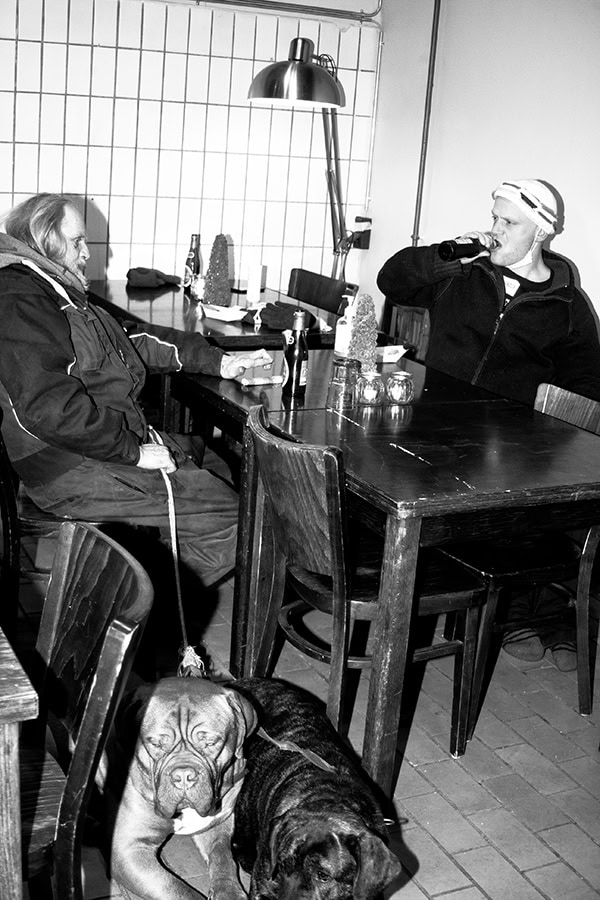
“Because of COVID, people were forced to celebrate Christmas Eve only with their closest family—or in some cases, alone. I sacrificed my own Christmas Eve to drive around and observe how others were celebrating despite the challenges.”
I highly recommend taking a closer look at his work. If you’ve already done so, keep
an eye out. Tim has two new projects in the works this year, which he will be revealing
soon. Stay tuned!
Author: Alessandro Cariani
Share this post

